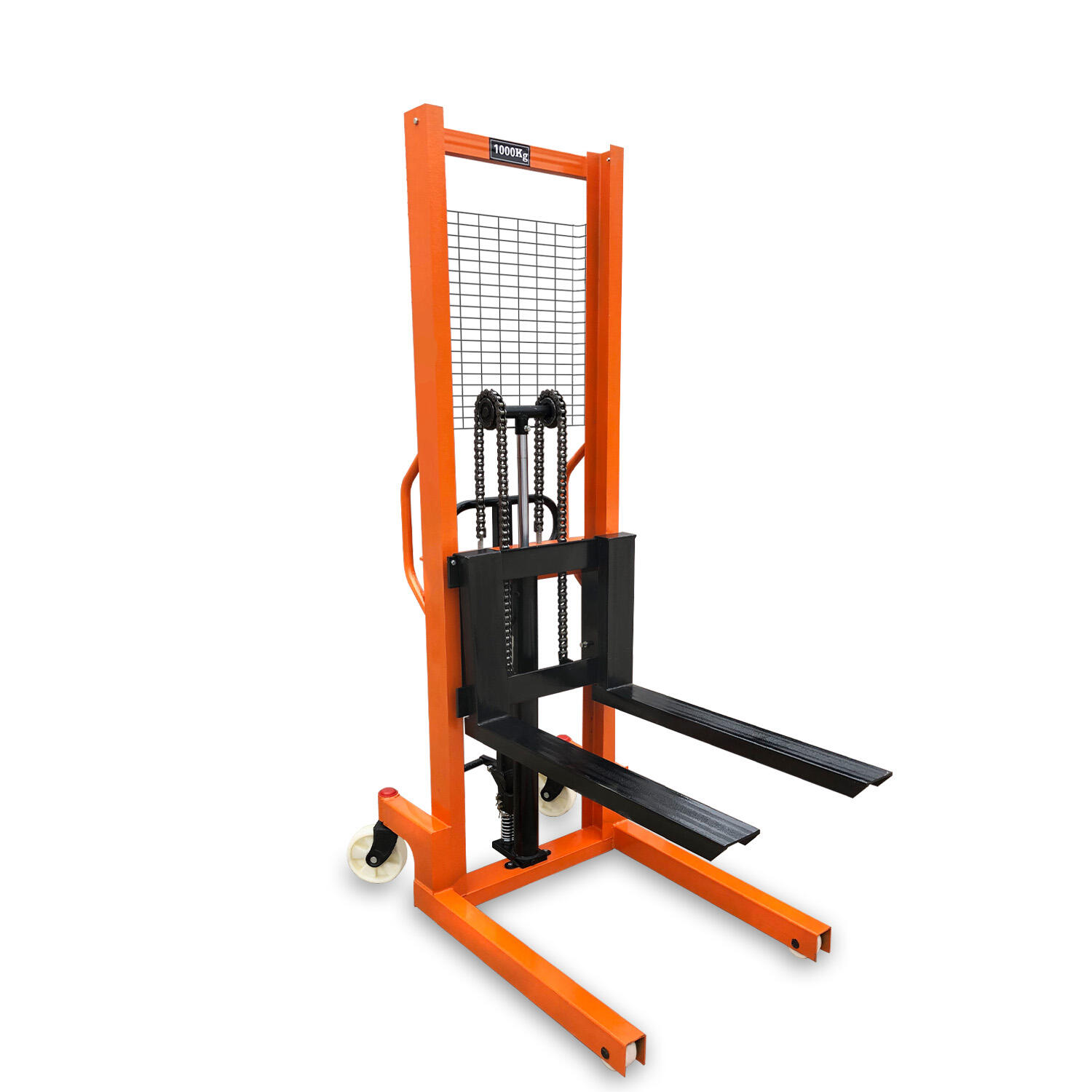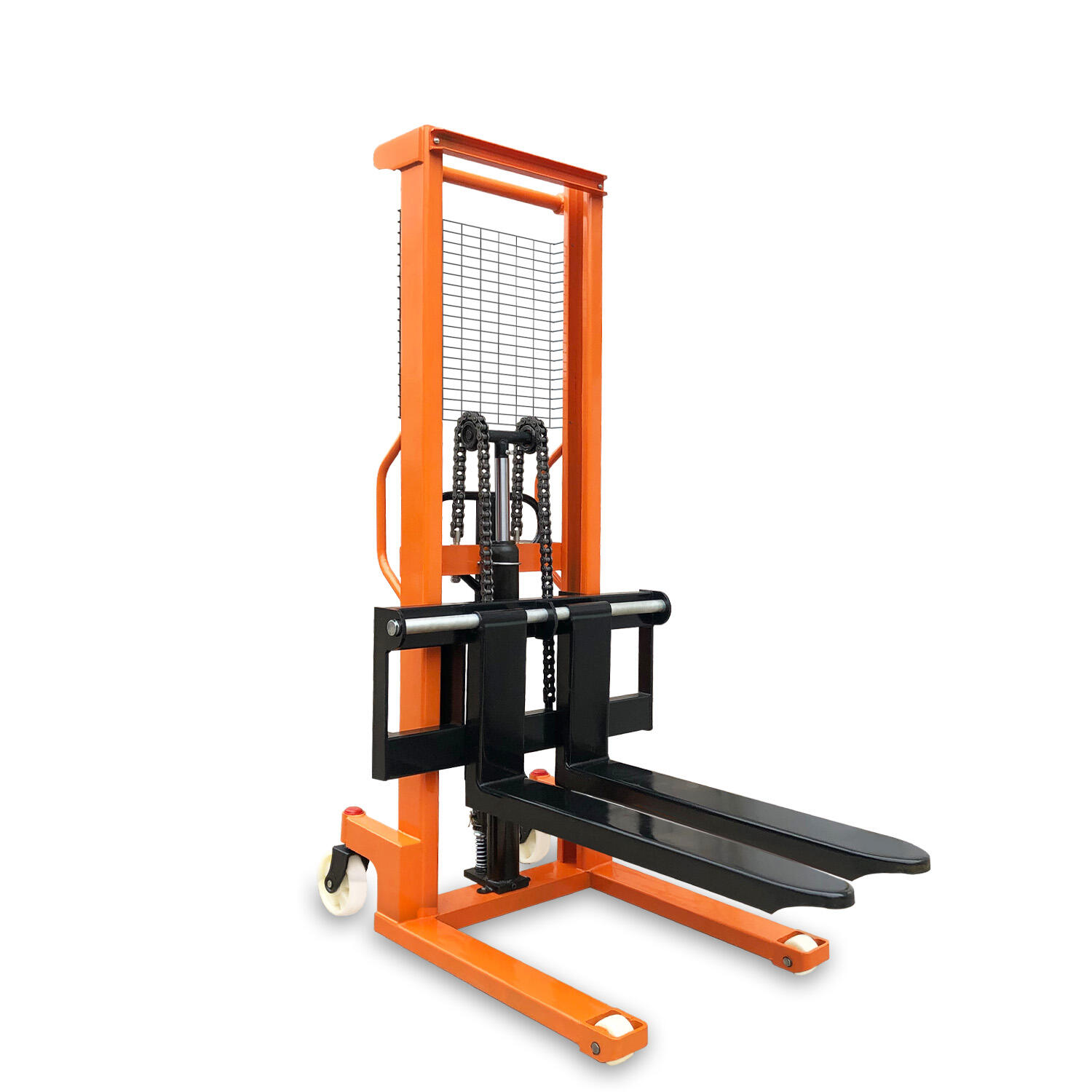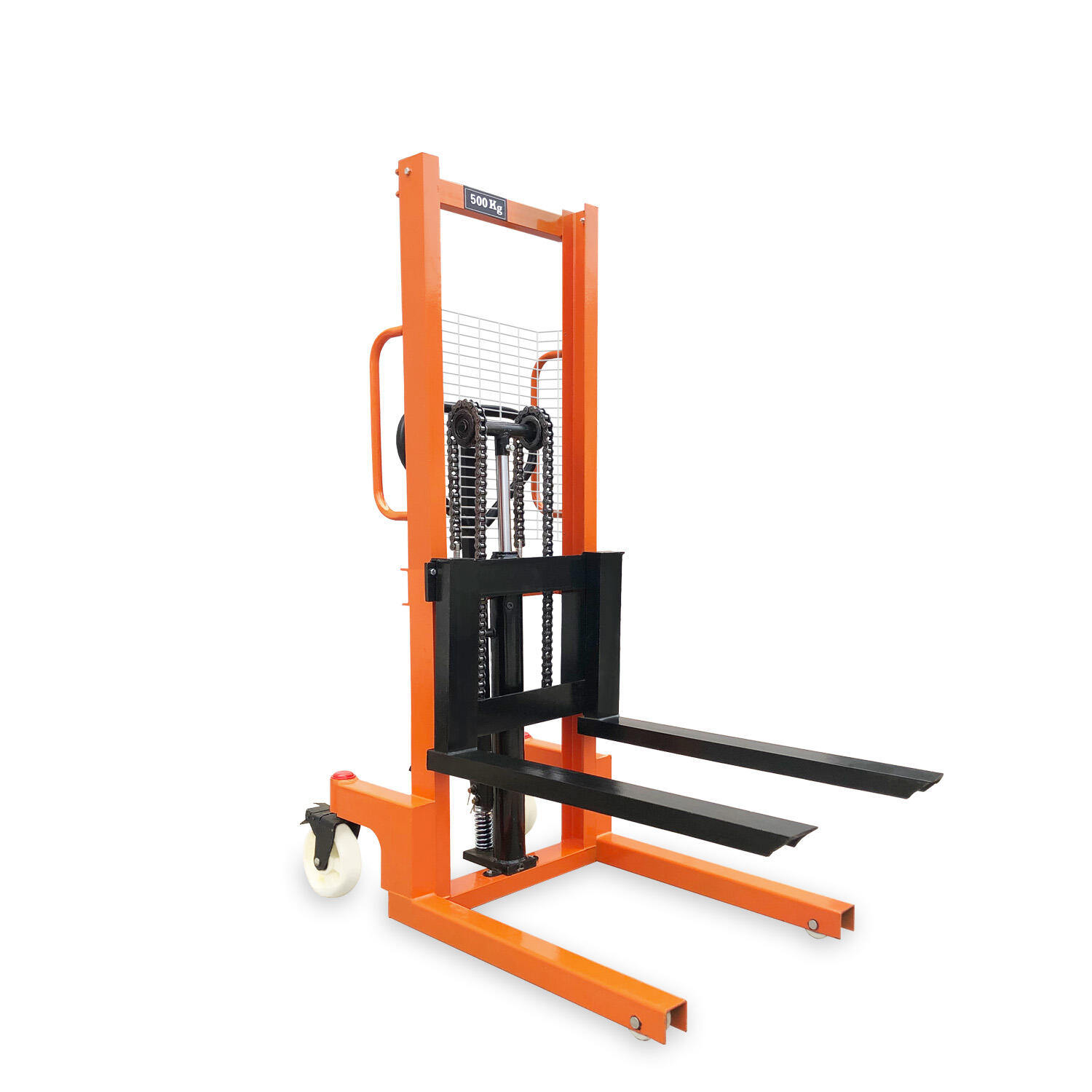עגור ידני של 3 טון הוא ציוד כבד להובלת חומרים שנועד להרים ולנ transport מטענים שמשקלם מגיע עד 3 טון, מה שהופך אותו לכלי חיוני לתעשייה deal deal deal deal deal deal deal deal deal deal deal deal deal deal deal deal deal deal deal deal deal deal deal deal deal deal deal deal deal deal deal deal deal deal deal deal deal deal deal deal deal deal deal deal deal deal deal deal deal deal deal deal deal deal deal deal deal deal deal deal deal deal deal deal deal deal deal deal deal deal deal deal deal deal deal deal deal deal deal deal deal deal deal deal deal deal deal deal deal deal deal deal deal deal deal deal deal deal deal deal deal deal deal deal deal deal deal deal deal deal deal deal deal deal deal deal deal deal deal deal deal deal deal deal deal deal deal deal deal deal deal deal deal deal deal deal deal deal deal deal deal deal deal deal deal deal deal deal deal deal deal deal deal deal deal deal deal deal deal deal deal deal deal deal deal deal deal deal deal deal deal deal deal deal deal deal deal deal deal deal deal deal deal deal deal deal deal deal deal deal deal deal deal deal deal deal deal deal deal deal deal deal deal deal deal deal deal deal deal deal deal deal deal deal deal deal deal deal deal deal deal deal deal deal deal deal deal deal deal deal deal deal deal deal deal deal deal deal deal deal deal deal deal deal deal deal deal deal deal deal deal deal deal deal deal deal deal deal deal deal deal deal deal deal deal deal deal deal deal deal deal deal deal deal deal deal deal deal deal deal deal deal deal deal deal deal deal deal deal deal deal deal deal deal deal deal deal deal deal deal deal deal deal deal deal deal deal deal deal deal deal deal deal deal deal deal deal deal deal deal deal deal deal deal deal deal deal deal deal deal deal deal deal deal deal deal deal deal deal deal deal deal deal deal deal deal deal deal deal deal deal deal deal deal deal deal deal deal deal deal deal deal deal deal deal deal deal deal deal deal deal deal deal deal deal deal deal deal deal deal deal deal deal deal deal deal deal deal deal deal deal deal deal deal deal deal deal deal deal deal deal deal deal deal deal deal deal deal deal deal deal deal deal deal deal deal deal deal deal deal deal deal deal deal deal deal deal deal deal deal deal deal deal deal deal deal deal deal deal deal deal deal deal deal deal deal deal deal deal deal deal deal deal deal deal deal deal deal deal deal deal deal deal deal deal deal deal deal deal deal deal deal deal deal deal deal deal deal deal deal deal deal deal deal deal deal deal deal deal deal deal deal deal deal deal deal deal deal deal deal deal deal......


